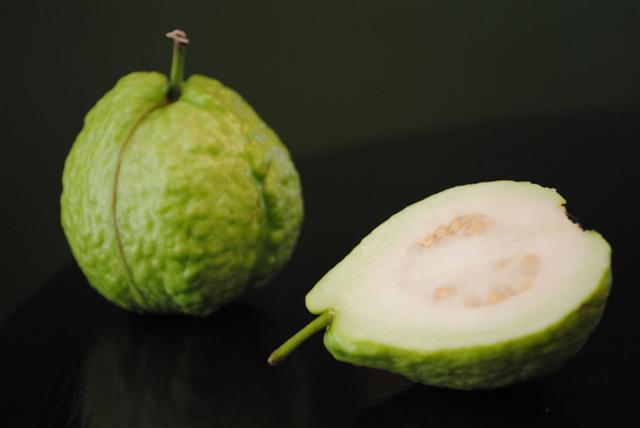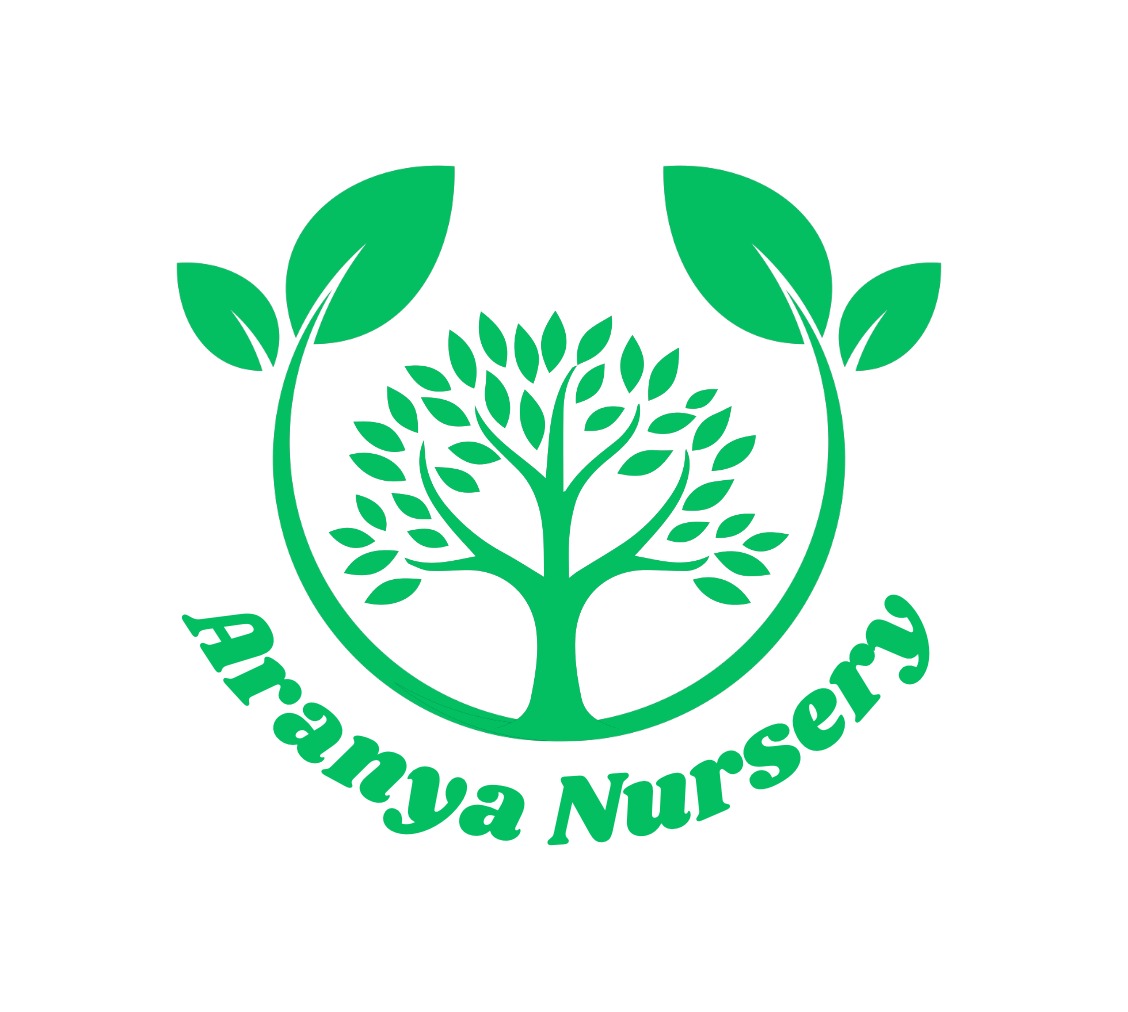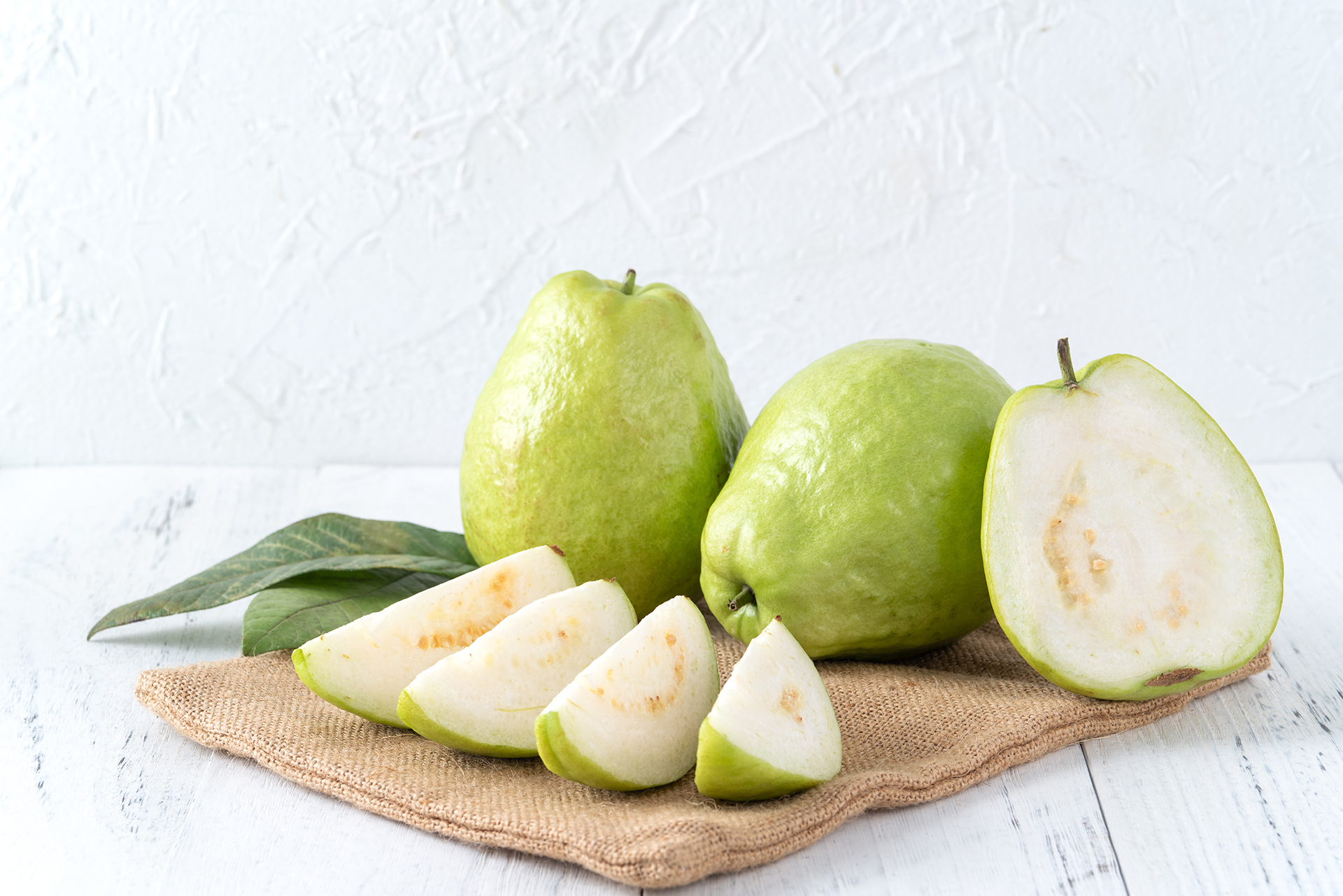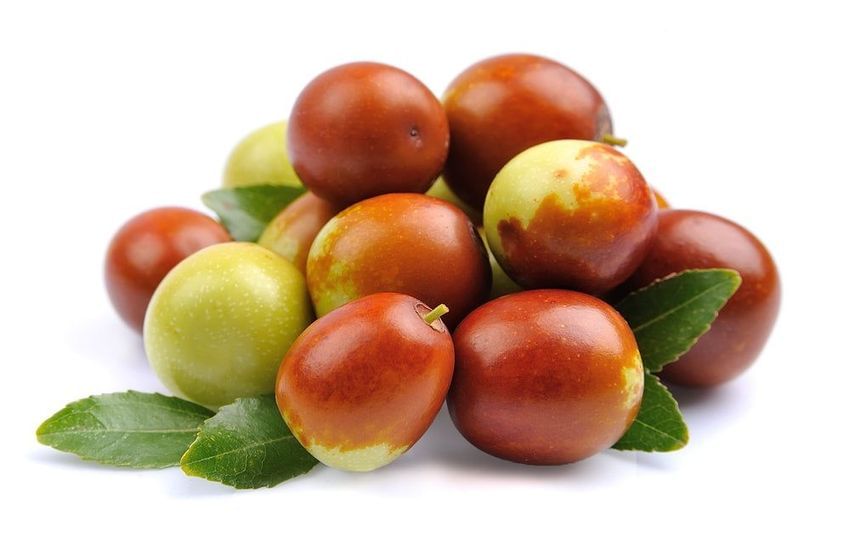
Vietnamese guava has a sweet and slightly tart flavor, with a soft, juicy texture. The fruit has a vibrant green or yellow skin, depending on the ripeness, and a sweet, aromatic pulp with tiny seeds. The flavor is often described as a combination of pear, strawberry, and citrus, making it a refreshing and delicious addition to various dishes.
Vietnam Guava Plant Care in SoCal: A Comprehensive Guide
Vietnam guava (Psidium guajava) is a tropical fruit tree that thrives in Southern California’s mild climate. With proper care, this tree can produce delicious fruit and add beauty to your landscape. Here’s a comprehensive guide to help you care for your Vietnam guava plant in SoCal:
Planting and Soil Requirements
- Choose a sunny location: Vietnam guava trees prefer full sun to partial shade. Select a spot that receives at least 6 hours of direct sunlight.
- Well-draining soil: Guava trees prefer well-draining soil with a pH between 5.5 and 7.0. SoCal’s soil can be alkaline, so consider adding organic matter like compost or mulch to improve soil structure.
- Space correctly: Plant Vietnam guava trees 10-15 feet apart to allow for proper air circulation and growth.
Watering and Fertilization
- Water regularly: Water your Vietnam guava tree regularly, especially during its first year. Aim for about 1 inch of water per week, either from rainfall or irrigation.
- Fertilize: Feed your guava tree with a balanced fertilizer (10-10-10 NPK) during the growing season (spring-fall). Follow the manufacturer’s instructions for application rates.
Pruning and Pest Management
- Prune regularly: Prune your Vietnam guava tree annually to maintain its shape, promote fruiting, and remove dead or diseased branches.
- Monitor for pests: Keep an eye out for pests like aphids, whiteflies, and mealybugs. Use organic or chemical controls as needed to prevent infestations.
Protection from Frost and Heat
- Protect from frost: Vietnam guava trees are sensitive to frost. Protect your tree from frost damage by covering it with a sheet or blanket during cold snaps.
- Provide shade: While guava trees prefer full sun, they can benefit from shade during the hottest summer months. Consider providing shade using a shade cloth or tree shade.
Common Issues and Solutions
- Root rot: Overwatering can lead to root rot. Ensure good drainage and avoid overwatering.
- Pests: Regularly inspect your tree for pests and take action promptly if you notice any issues.
- Nutrient deficiencies: Fertilize regularly to prevent nutrient deficiencies.
Tips for Growing Vietnam Guava in SoCal
- Choose a variety: Select a Vietnam guava variety that is well-suited for SoCal’s climate, such as ‘Ruby Supreme’ or ‘Tahiti’.
- Mulch around the base: Mulching helps retain moisture, suppress weeds, and regulate soil temperature.
- Monitor for disease: Regularly inspect your tree for signs of disease like yellowing leaves, black spots, or powdery mildew.
By following these guidelines, you’ll be well on your way to growing a healthy and productive Vietnam guava tree in SoCal. Happy growing!



